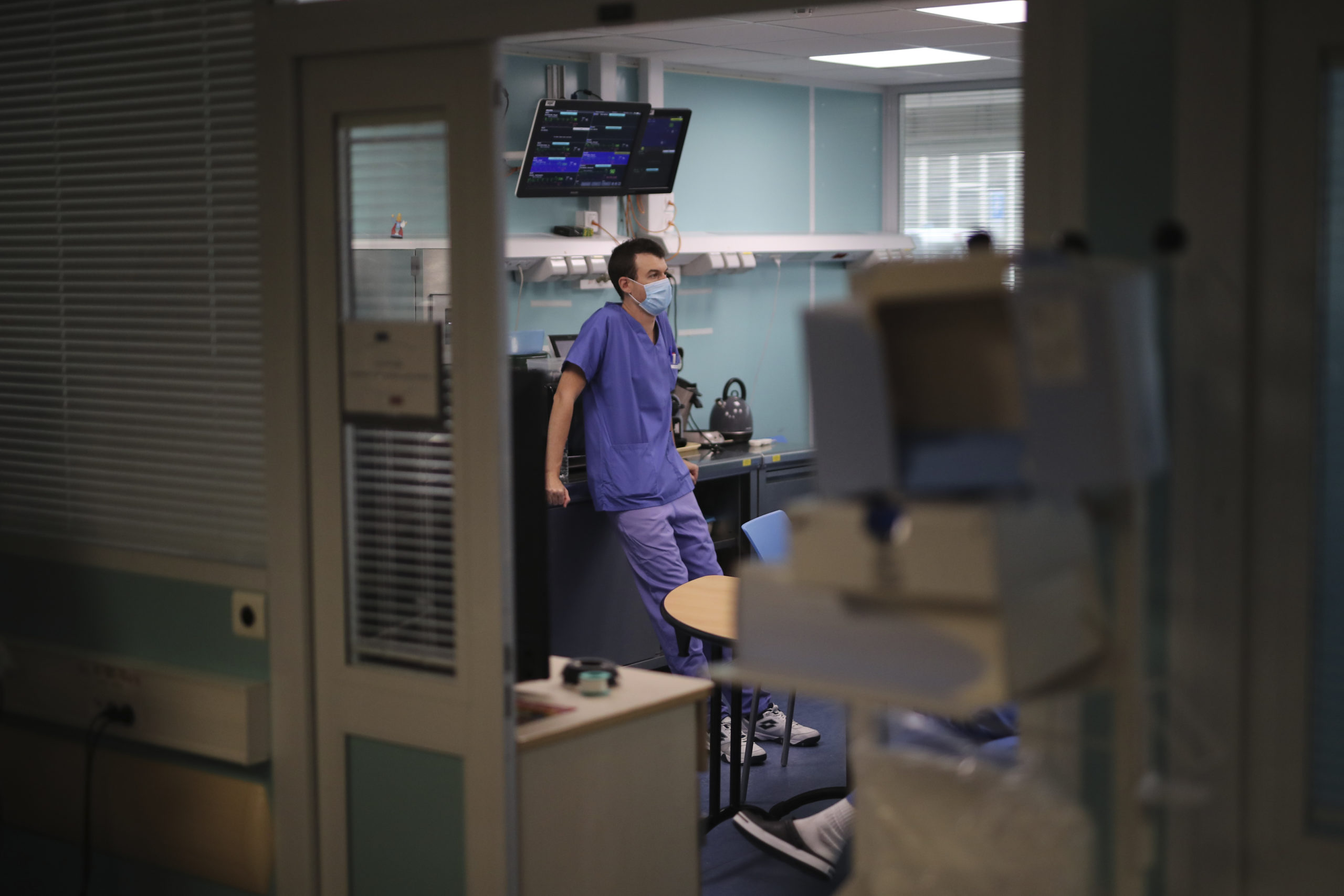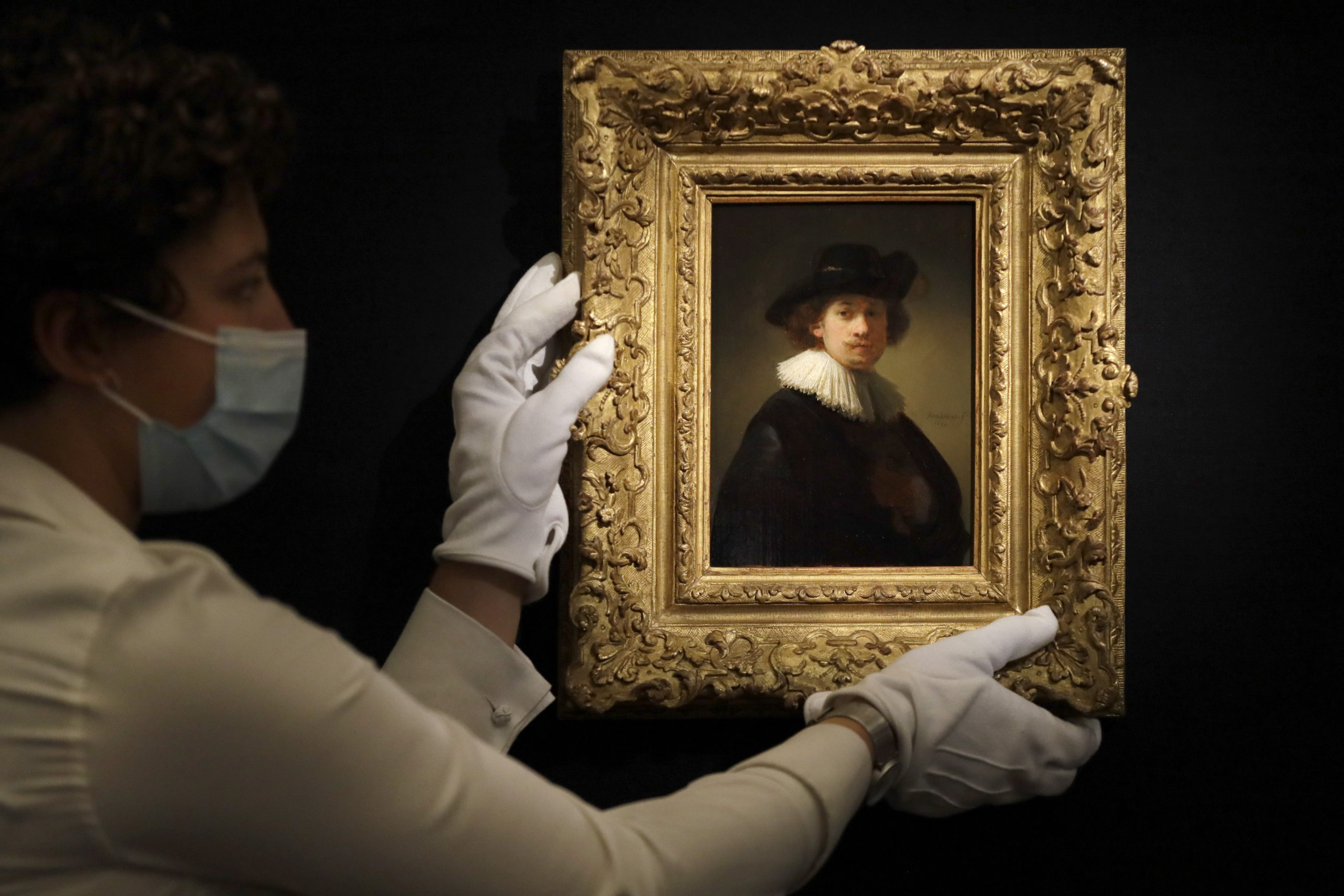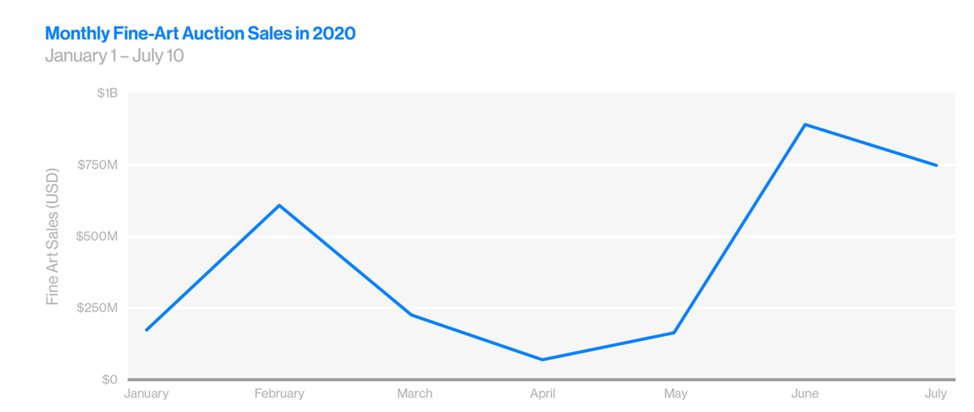 Covering COVID-19 is a daily Poynter briefing of story ideas about the coronavirus and other timely topics for journalists, written by senior faculty Al Tompkins. Sign up here to have it delivered to your inbox every weekday morning.
Covering COVID-19 is a daily Poynter briefing of story ideas about the coronavirus and other timely topics for journalists, written by senior faculty Al Tompkins. Sign up here to have it delivered to your inbox every weekday morning.
The Washington Post has an important piece about how college students, especially low-income students, can’t make a go of college right now.
A recent Census survey said 16 million Americans have canceled plans to go to college. The biggest reasons given were fears over contracting COVID-19 and not being able to afford college given the economic disruption caused by the pandemic. Students from families that earn less than $75,000 a year are more than twice as likely to have canceled college plans this semester.
The worst news is that history shows us that once a college student drops out, fewer than one in five ever goes back to school. The downturn, especially among students of color, stands to erase years of progress.
The Post’s opening paragraphs tell a story that is repeating around the country:
In August, Paige McConnell became the first in her family to go to college — and the first to drop out.
McConnell, 18, could not make online classes work. She doesn’t have Wi-Fi at her rural home in Crossville, Tennessee. The local library turned her away, not wanting anyone sitting around during the pandemic. She spent hours in a McDonald’s parking lot using the fast-food chain’s Internet, but she kept getting kicked off her college’s virtual classes because the network wasn’t “safe.” Two weeks after starting at Roane State Community College, she gave up.
“At my high school graduation, I told all my family I would go to community college. I was trying to better my future,” McConnell said. “But the online classes really threw me for a loop. I knew I couldn’t do it.”
McConnell’s situation is playing out all over the country. As fall semester gets into full swing in the midst of the coronavirus pandemic, schools are noticing a concerning trend: Low-income students are the most likely to drop out or not enroll at all, raising fears that they might never get a college degree. Some 100,000 fewer high school seniors completed financial aid applications to attend college this year, according to a National College Attainment Network analysis of Free Application for Federal Student Aid (FAFSA) data through August.
There are two trends moving at the same time. Students who were attending higher-priced four-year schools have switched instead to taking remote classes at community colleges, while community college students are most likely to stop attending classes at all.
The Post said the students it spoke with cite virtual teaching as a key reason they are dropping out. The students said they have no quiet, internet-connected place to study and that they need the personal support of teachers and staff to be successful in school.
Inside Higher Ed reported last month that some community colleges were boasting (yes, boasting) about only having a 5% enrollment drop this fall while others predicted that they could lose a third of their students. The sad truth is that community college enrollments around America have been in some decline for years despite being a sensible alternative for students who want to tackle required courses while foregoing the high cost of four-year schools.
At the same time, don’t be surprised when schools start talking about the need to raise tuition rates next year to make up for what they are losing now.
Here are a handful of articles that exemplify these community college enrollment declines:
- Santa Fe, where enrollment has dropped 28%
- Tampa Bay, where enrollment has dropped 10 to 16%
- Arkansas, where some community colleges are down as much as 24%, while another is up 30%
Newsrooms track COVID-19 when states won’t
I am proud of our journalism colleagues in Milwaukee who stepped up when Wisconsin officials didn’t. As the Milwaukee Journal Sentinel put it:
Because state health and education officials aren’t naming schools or districts with known cases, journalists at the Milwaukee Journal Sentinel and USA TODAY NETWORK-Wisconsin are keeping track of them using this database.
The newsrooms built a school-by-school database so families can know what is happening in each school. They solicited the public’s input when state data was not catching known cases. The newsrooms are seeking official correspondence from schools to parents to help them confirm the information.
This is a real public service, similar to the original reporting being done by The New York Times, which is trying to track COVID-19 outbreaks at 1,600 colleges and universities. That searchable database allows you to go to each school to see the latest data. And, still, like the Journal Sentinel, the Times knows the data is not complete and solicits information from the audience.
I applaud and encourage this kind of reporting. How shortsighted it is for local, state and federal health officials to sound the alarm about COVID-19 in schools before the schools open, then fail to provide ground-level reporting of data it is already collecting.
I hope that journalists will not tire of pounding away on this issue. There is no privacy law-related reason to withhold this data. The Health Insurance Portability and Accountability Act, commonly known as HIPAA, only applies to data that identifies an individual.
In Florida, where I am, we have seen the cost of the state government withholding infection reports for nursing homes. Nursing homes finally started publicly reporting their own data in some cases because families were desperate to know if loved ones were safe.
Not reporting the data is not only bad health policy, but it is also unfair. Nursing homes in Florida were seeing that when an outbreak happened in one place the public began to suspect, because of the lack of specific facility-level data, that it was unfolding everywhere. Imagine, without the Journal Sentinel’s reporting, that you heard there was a big COVID-19 outbreak in Wisconsin schools but you could not find out where it was. You would have to default to assuming that your kid might be in danger.
I assume other newsrooms are building similar independent databases to work around the government’s failure to provide specific data. I would love it if you would drop a few lines and link to the work in our comments section. To all of you, including your bosses who enable this work, I say HURRAH!
A HIPAA alert for covering COVID-19
While doing background work for the item above, I came across this guidance for health care providers about dealing with news organizations.
In short, the guidance from the U.S. Health and Human Services Office of Civil Rights warns providers that they have to get HIPAA permissions from every patient who shows up in photos and videos, even if that person is wearing a face mask that obscures the person’s identity. The advisory says:
The guidance clarifies that masking or obscuring patients’ faces or identifying information before broadcasting a recording of a patient is not sufficient, as a valid HIPAA authorization is still required before giving the media such access. Additionally, the guidance describes reasonable safeguards that should be used to protect the privacy of patients whenever the media is granted access to facilities.
“The last thing hospital patients need to worry about during the COVID-19 crisis is a film crew walking around their bed shooting ‘B-roll,’” said Roger Severino, OCR Director. “Hospitals and health care providers must get authorization from patients before giving the media access to their medical information; obscuring faces after the fact just doesn’t cut it,” Severino added.
For example, a covered hospital may not allow media personnel access to the emergency department where patients are receiving treatment for COVID-19, without first obtaining each patient’s authorization for such filming.
1 in 7 COVID-19 cases are health care workers

A nurse stands in the break room after working on COVID-19 patients in a Marseille hospital, southern France, Thursday, Sept.10, 2020. (AP Photo/Daniel Cole)
As if we needed one more reason to thank every health care worker every day, new data shows that one in seven COVID-19 cases worldwide is a health care provider. In some countries, a third of the cases involve health care workers.
Now, it may be that we test health care workers more often. It could also be that these people were exposed to the virus because of a shortage of protective equipment. One British study showed the workers in intensive care have less exposure than those in other parts of the hospital. Housekeepers were found to have been the “most exposed.”
There may be a lesson here about who got the most protection and who paid the price for that.
Will police officers have to buy liability insurance?
Reuters said insurance companies are exploring what could become new industry-liability insurance policies for police officers.
Reuters reported:
They see a potential market opening up after a New York state lawmaker this month introduced legislation, which would require individual officers to carry liability coverage for lawsuits alleging excessive force, abuse or other misconduct.
“I think we’re in a new world,” said New York-based Mark Turkalo at the insurance brokerage unit of Marsh & McLennan Companies Inc, about the trend. Turkalo said the firm is exploring whether it could develop the coverage.
The bill authored by Democratic Senator Alessandra Biaggi follows a number of police reforms in New York and other U.S. states and cities, which were prompted by a wave of protests against police brutality and racial injustice since May.
Biaggi’s bill would require local governments to pay for the individual policies, but officers would pay any premium increases arising from their misconduct.
As premiums rise, “it would force an officer to either change their behavior or leave the field of law enforcement,” Biaggi told Reuters.
Insurance Journal explored how “municipal liability” works and why police, especially SWAT members, for example, may need liability insurance coverage.
The fickle art market in a pandemic

A Sotheby’s employee adjusts a painting by Rembrandt, entitled “Self-portrait, wearing a ruff and black hat” at Sotheby’s auction rooms in London, Thursday, July 23, 2020. (AP Photo/Kirsty Wigglesworth, File)
ArtNet reported that fine art sales are suffering their way through the pandemic.

(From ArtNet)
A grand total of $2.9 billion worth of fine art sold at auction in the first half of 2020, down a hefty 58.3% from the equivalent period in 2019.
The lockdown made it less appealing to consign art for sale, bringing down the number of works offered by almost 30%.
The objects that did sell were less expensive than in the past. The average price of a work of fine art fell 41.3% in the first half of 2020 compared with the same period last year.
The world’s three largest art markets — the U.S., the U.K., and China — were all hurt by the shutdown, but not equally. China’s total fine-art auction sales plummeted a stunning 84.9%, while the U.K. and the U.S. each dropped “only” 52% year-over-year.
Among all genres and price points, the most dramatic dip came in the elite $10 million-and-up slice of the Impressionist and Modern market, which sank by 69.6% as many consignors opted to sell their best material privately or wait to put it on the market.
Several years ago, I was a judge for a big journalism contest. My fellow judges, all esteemed names in the business, were leaning toward giving an award to a documentary about some artist nobody had heard of who had a hard-luck story. I protested, “Come on, the guy painted rectangles.” That started a series of taunts about how if he had painted horses and sunsets I would have gone along with it.
I do understand this handsome work at Target and I notice it is “trending” on the store’s page. I am just saying that quality always retains value.
The way we live now
I just hate to see the grand old state fairs close down. The big ones — like Minnesota, Wisconsin, Texas and Iowa — are such a part of Americana. Farm kids who raise and train their cattle, sheep and chickens work so hard for their moment at the fair.
Every year, my wife and I sit for hours at the Florida State Fair and watch young people in 4-H and Future Farmers of America jackets show off their alpacas and pigs. Farm kids sleep over at the fair barns for a week at a time. The experience makes the long hours of shoveling manure, feeding and brushing worth it.
Not many county or state fairs in the U.S. are continuing on without major changes, about 80% have been called off or drastically scaled down by eliminating carnival rides, concerts and tractor pulls, according to the International Association of Fairs and Expositions. Some are only allowing youth livestock competitions and auctions or opening for “fair food drive-thrus.”
The losses have been monumental — the association estimates the total is nearing $4 billion for fair organizations. And that’s not counting the revenue for ride and concession operators and volunteer organizations that raise money by selling milkshakes and corn dogs.
The Dallas Morning News reported that Big Tex, a five-story statue that lives in Fair Park, is wearing a 7 foot by 4 foot mask. You can’t keep a good man/woman/statue down.


We’ll be back Monday with a new edition of Covering COVID-19. Sign up here to get it delivered right to your inbox.
Al Tompkins is senior faculty at Poynter. He can be reached at atompkins@poynter.org or on Twitter, @atompkins.







